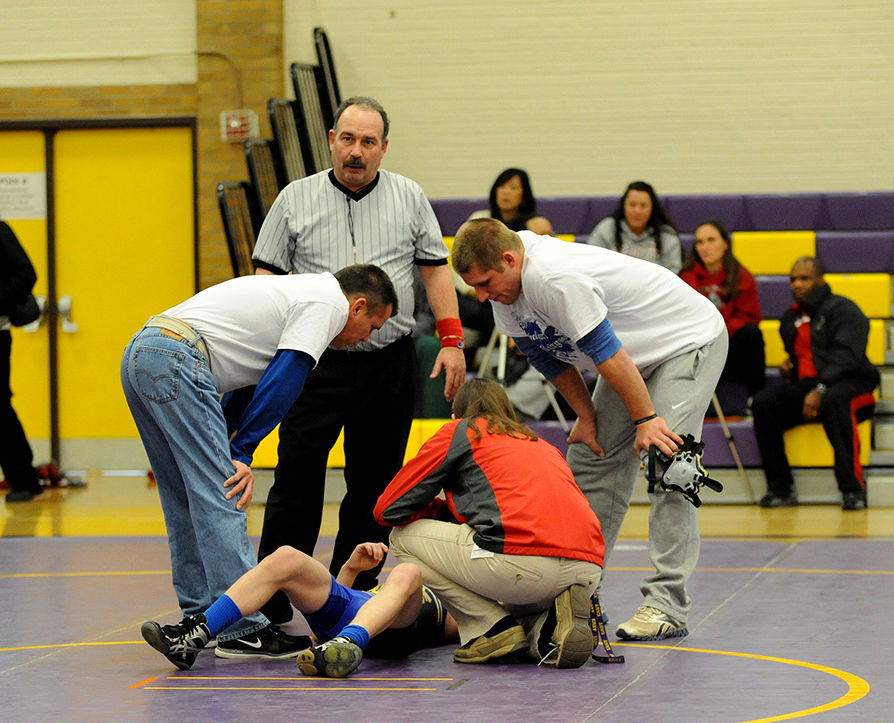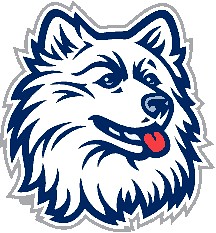Researchers examine how availability of ATs affects athletes
Student-athletes attending high schools with limited access to athletic trainers are far less likely to have a sport-related concussion identified, assessed and managed properly, compared to schools with athletic trainers available consistently during both practice and competition.
 That’s according to a study published recently in the Journal of Athletic Training and led by researchers at the University of Wisconsin School of Medicine and Public Health.
That’s according to a study published recently in the Journal of Athletic Training and led by researchers at the University of Wisconsin School of Medicine and Public Health.
Researchers worked with 31 high schools across Wisconsin to gather injury data on approximately 2,400 student athletes ages 14-18. The schools were divided into three categories:
- Nine schools with high athletic trainer availability (35-45 hours per week throughout the year, including all home varsity and sub-varsity competitions).
- Eight with mid athletic trainer availability (20-40 hours per week, including school sessions and some home varsity events).
- 14 with low athletic trainer availability (one hour a week during the school day with availability during home varsity football games).
Study findings
The study’s primary goal was to determine whether the availability of athletic trainers at Wisconsin high schools affected both the reporting and management of sport-related concussions. The study’s most important findings include the following:
On average, athletes at schools with low athletic trainer availability waited 24 hours between the onset of a sport-related concussion and their first meeting with an athletic trainer, while athletes at schools with both mid and high athletic trainer availability were evaluated within an hour of the injury.
Only 53 percent of athletes who sustained a sport-related concussion at a school with low athletic trainer availability underwent a “return to sport” protocol, compared to 94 percent at schools with mid athletic trainer availability and 100 percent at schools with high high athletic trainer availability.
Athletes with a sport-related concussion were kept out of their sport for 2.5 days longer at schools with high and mid athletic trainer availability than at schools with low athletic trainer availability.
» EDITORIAL: The need for athletic trainers must be addressed
Athletes at Wisconsin high schools with high athletic trainer availability were more likely to be diagnosed with a sport-related concussion than athletes at schools with low athletic trainer availability.
“Our findings clearly show that limited access to athletic trainers in high schools is resulting in unreported and mismanaged sport-related concussions in our student athletes,” said Tim McGuine, PhD, the study’s principal investigator and sports medicine researcher at the UW School of Medicine and Public Health. “There is no question that misdiagnosing or delaying appropriate medical intervention for these types of injuries could have short- or long-term consequences. It is crucial that we find responsible solutions so that all schools can provide the highest standard of safety for these kids.”
Of the estimated 7.1 to 7.5 million athletes participating in high school sports nationwide, approximately 340,000 sport-related concussions are reported each year. It has long been suspected, however, that a substantial number in the United States are still going unreported, resulting in an untold number of athletes returning to competition prematurely and increasing their risk for additional concussions and other injuries.
Read more from the University of Wisconsin School of Medicine and Public Health.







